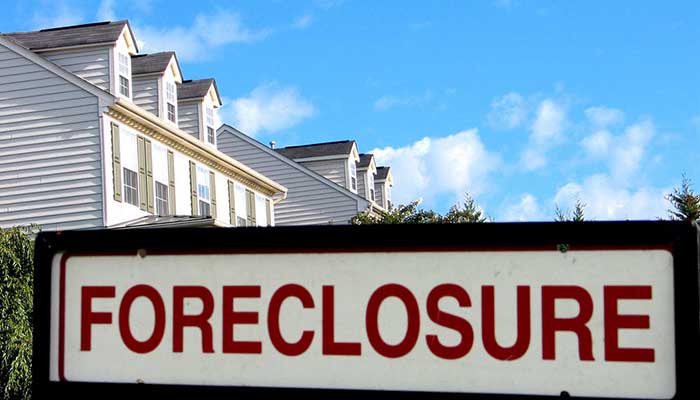What does your Property Tax Assessment actually mean? An assessment is, simply said, an estimate of what your property is worth. This valuation of the property helps decide what part of the local property tax levy should be billed to the property.
Once determined, the value is multiplied by the tax rates, sometimes known as the “mill rate”, to determine the amount of tax that the owner must pay for the property. Many states use the full market value (or a fraction of this) as the basis for their property tax assessment.
The assessors calculate the value of the property to determine the tax. The value is also known as the following:
- Actual value
- Appraisal value
- Fair and reasonable market value
- Fair cash value
- Full and fair value
- Full value
- Just value
- Market value
- True value
Despite these similar terms, the majority of the states focuses on the “market value”. The market value is the amount of money that a typical, knowledgeable, buyer (unrelated to the seller) would pay for a given parcel of property. To calculate the market value of a piece of property, an assessor determines if there were changes in the market of real estate where the property is situated. The assessor examines how they sell different types of properties, construction costs, local costs, normal operating (e.g. utilities), the prices of rentals in the area and inflation. The changes in these factors may modify the assessed value of the property.
Assessing Personal Property
To make property tax assessment, appraisers use information contained on personal property statements filed by the property owner. If the property owner does not provide information about the value of his or her personal property, the assessor estimates the property’s value using acceptable appraisal data and techniques, taking into consideration factors such as the age, cost, and type of property. Depending on the state or locality, tax rates for personal property may be the same as that for real property or may differ.
Assessing Real Property
There are three principal methods for assessing the value of real property. These differ based on the kind of property being assessed.
- The cost (or replacement) method. This method is used for assessing buildings or other structures. Assessors estimate how much it would cost, using current rates for material and labor, to replace a given structure. An assessor will deduct the reasonable depreciation of the property but add the value of the land. This approach is most appropriate when the property tax assessment is of a new and unique or specialized property. It is also useful when there are no meaningful sales of comparable properties.
- The income method. Under this method, assessors estimate the amount of income from a piece of property if the property is used to produce an income. This method is used for apartments, stores, warehouses, shopping centers, and office buildings. To arrive at an assessment, the assessor considers the business taxes, the amount of income the property may generate, insurance costs, rates of vacancy, operating expenses, maintenance costs, and the current interest rate charged for borrowing money for making improvements or repairs on such a property.
- The market or sales comparison method. Here, sales of similar properties are compared to each other and adjusted for differences. Most residential real estate is appraised by using the market or sales comparison method. This approach is similar to the method banks employ to value property when they consider issuing a mortgage.
Most states assess various classes or types of real estate using other approaches to value. For example, farmland or timberland may be assessed on its use or level of productivity. Business inventories may be assessed on the basis of the business’s records, as well as the state of its machinery and equipment. And assessors may even combine approaches to arrive at a fair appraisal of a piece of property.
Taxpayers have a right to fair property tax assessment. Furthermore, no class of property should be over-or under-valued in relation to similar properties within a given area. Even so, it is up to individual property owners to monitor their property tax assessments. To find out which appraisal method was used in a situation owners should contact their local assessor’s office.
See also: Property Taxes Payment Explained










